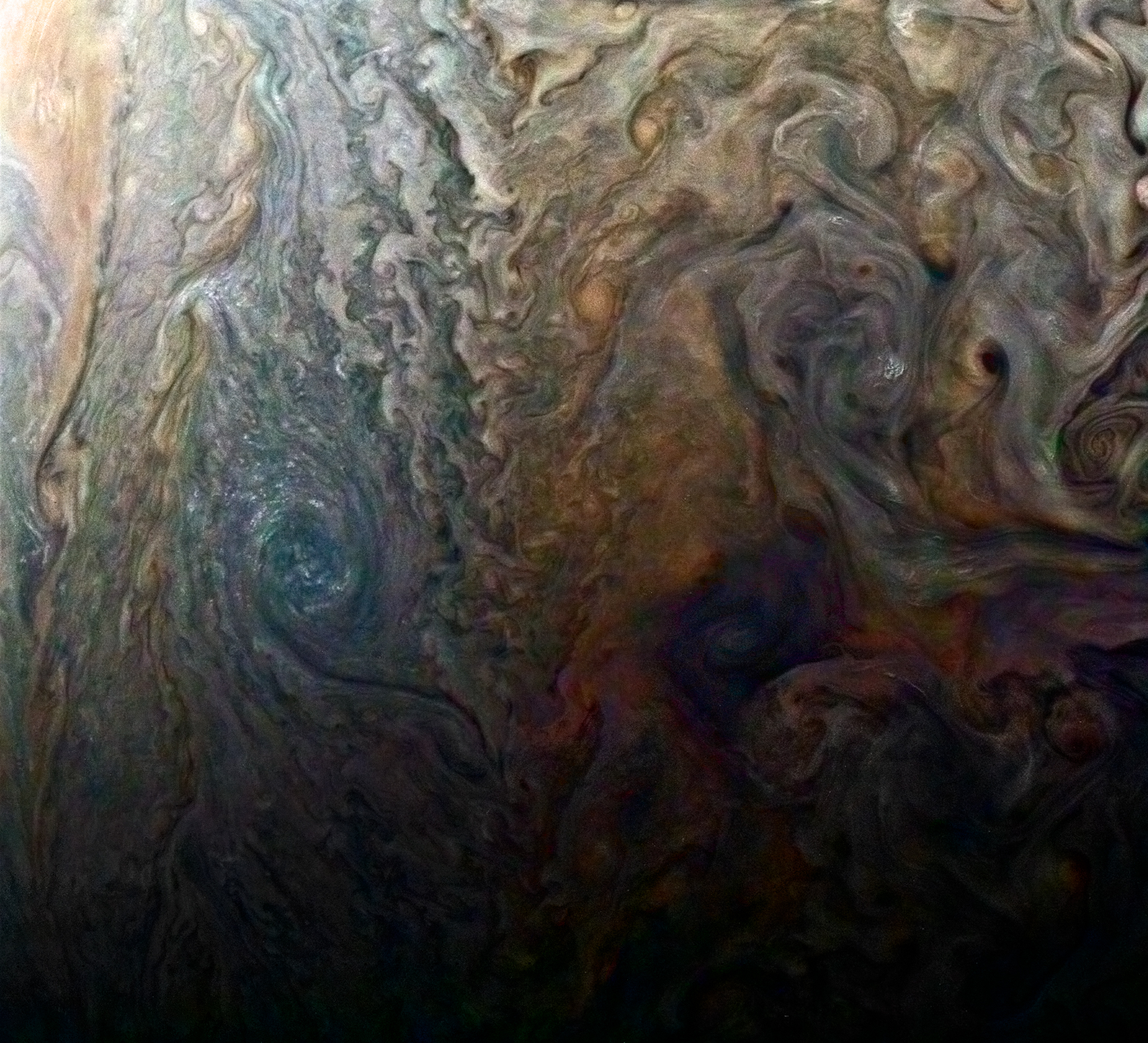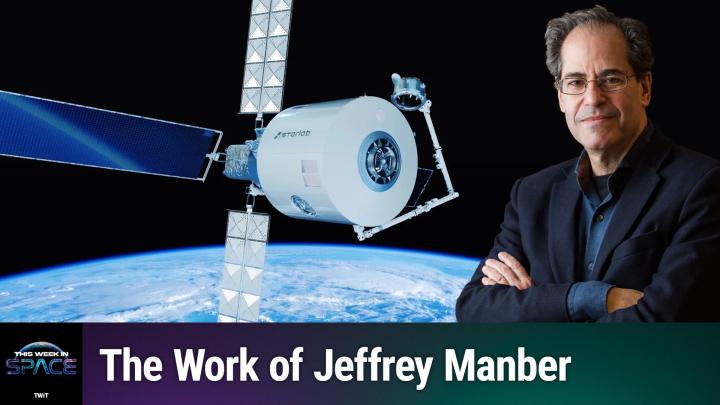Juno Spacecraft Skims Jupiter's Cloud Tops in Its 5th Flyby

NASA's Juno spacecraft whizzed closely by Jupiter today (March 27) in its fifth flyby of the gas giant.
Juno made its closest approach at 4:52 a.m. EDT (0852 GMT), skimming 2,700 miles (4,400 kilometers) above Jupiter's cloud tops while traveling about 129,000 mph (208,000 km/h) relative to the planet, NASA officials said.
All eight of the spacecraft's science instruments were up and running during the flyby, collecting data about Jupiter's atmosphere, gravity and electromagnetic fields. Meanwhile, the spacecraft's JunoCam took close-up color photos of the mysterious and massive planet. [Jupiter Probe Images Made Into Stunning Art (Gallery)]
"This will be our fourth science pass — the fifth close flyby of Jupiter of the mission — and we are excited to see what new discoveries Juno will reveal," Scott Bolton, principal investigator of Juno from the Southwest Research Institute in San Antonio, Texas, said in a statement Friday (March 24). "Every time we get near Jupiter's cloud tops, we learn new insights that help us understand this amazing giant planet."
Juno arrived in orbit around Jupiter on July 4, 2016, after a nearly five-year journey through deep space. Since then, the probe has made several new discoveries about the planet's composition and cloud structure as well as its magnificent auroras and magnetic fields. Because the spacecraft is in a highly elliptical orbit around Jupiter, these close encounters occur only once every 53 days.
NASA planned to bring Juno into a closer orbit around Jupiter with a maneuver that would have brought the time it takes to circle the planet to 14 days, but a problem with two helium valves forced the space agency to scrap those plans in February.
"During these flybys, Juno is probing beneath the obscuring cloud cover of Jupiter and studying its auroras to learn more about the planet's origins, structure, atmosphere and magnetosphere," NASA officials said in the statement. The Juno team is still working to analyze data from this and the last four flybys and expect to publish new research papers with science results within the next four months, they added.
Breaking space news, the latest updates on rocket launches, skywatching events and more!
The Juno mission will end in February 2018, when the spacecraft is scheduled to plunge into Jupiter, intentionally crash-landing after 20 months in orbit.
Email Hanneke Weitering at hweitering@space.com or follow her @hannekescience. Follow us @Spacedotcom, Facebook and Google+. Original article on Space.com.

Hanneke Weitering is a multimedia journalist in the Pacific Northwest reporting on the future of aviation at FutureFlight.aero and Aviation International News and was previously the Editor for Spaceflight and Astronomy news here at Space.com. As an editor with over 10 years of experience in science journalism she has previously written for Scholastic Classroom Magazines, MedPage Today and The Joint Institute for Computational Sciences at Oak Ridge National Laboratory. After studying physics at the University of Tennessee in her hometown of Knoxville, she earned her graduate degree in Science, Health and Environmental Reporting (SHERP) from New York University. Hanneke joined the Space.com team in 2016 as a staff writer and producer, covering topics including spaceflight and astronomy. She currently lives in Seattle, home of the Space Needle, with her cat and two snakes. In her spare time, Hanneke enjoys exploring the Rocky Mountains, basking in nature and looking for dark skies to gaze at the cosmos.
